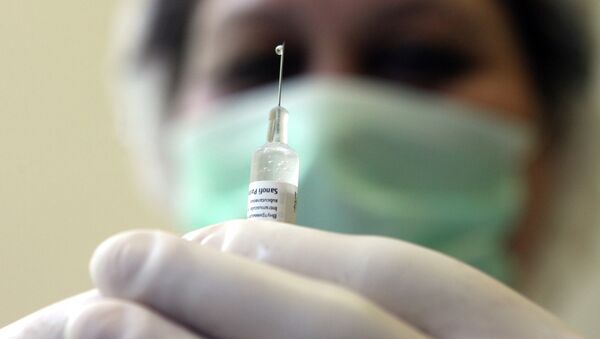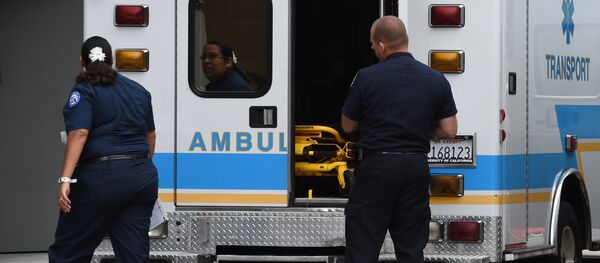The states affected by the infectious disease caused by the measles virus include Arkansas, California, Connecticut, Florida, Illinois, Indiana, Kansas, Louisiana, Maryland, Michigan, Missouri, Nevada, North Carolina, New Jersey, New York, Oklahoma, Oregon, Pennsylvania, Tennessee, Texas and Washington.
According to the CDC, there were 118 cases of measles in 15 states in 2017 and 86 cases in 19 states the year before that. The number of cases in 2018 is likely to exceed the number of cases reported in 2016 and 2017.
In Illinois, only four cases of measles have been reported, which is normal according to the state's Department of Public Health, ABC 7 reported Wednesday.
The last US measles outbreak was in 2015, when 188 people in 24 states and Washington, DC, contracted the disease. The last outbreak likely occurred after a traveler, who allegedly contracted measles overseas, visited an amusement park in California. CDC scientists showed that the virus type in the 2015 outbreak (B3) was identical to the virus that caused a 2014 measles outbreak in the Philippines. The CDC defines an outbreak as "the occurence of more cases of disease than expected in a given area or among a specific group of people over a particular period of time."
Measles, which can develop into pneumonia and cause brain swelling resulting in death, can be prevented with the MMR vaccine.
According to the CDC, the vaccine protects against measles, mumps and rubella.
"CDC recommends children get two doses of MMR vaccine, starting with the first dose at 12 through 15 months of age, and the second dose at four through six years of age. Teens and adults should also be up to date on their MMR vaccination."
"Before the measles vaccination program started in 1963, an estimated 3 to 4 million people got measles each year in the US," the CDC said.
"Since then, widespread use of measles vaccine has led to a greater than 99 percent reduction in measles cases compared with the pre-vaccine era," the CDC added.




